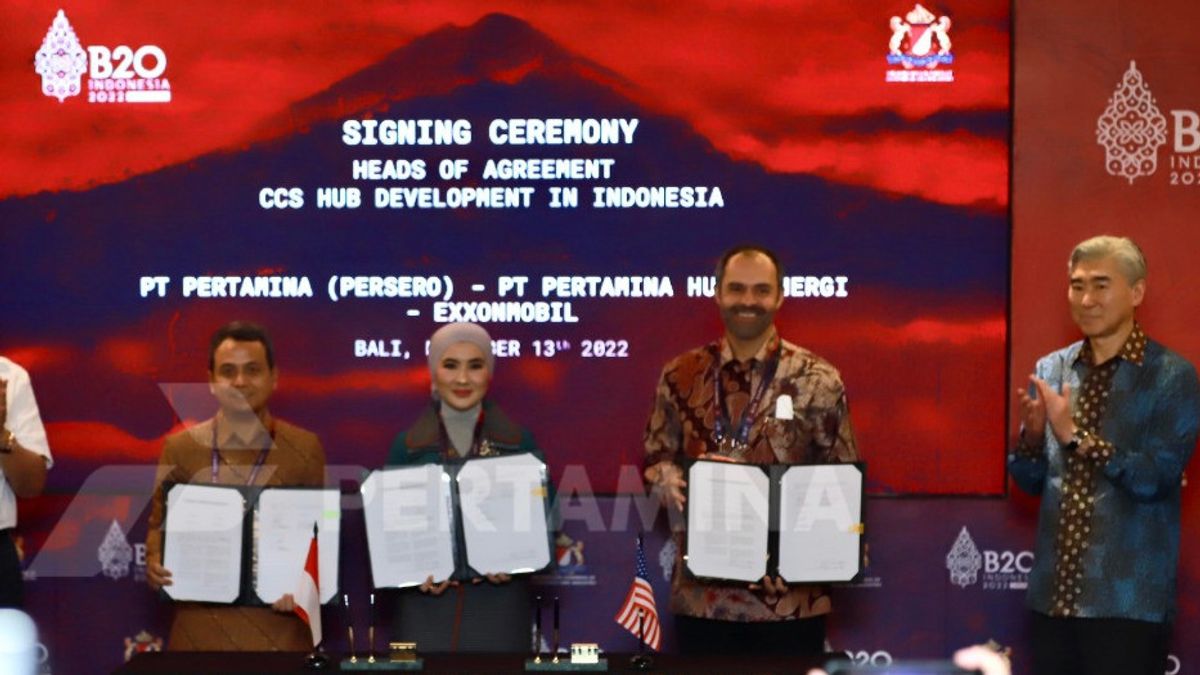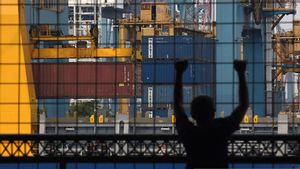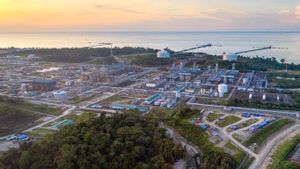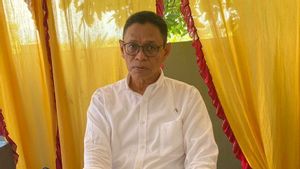JAKARTA - A joint study with Pertamina and ExxonMobil managed to find the potential for carbon dioxide (C02) with a capacity of up to 1 billion tons found in the Pertamina oil and gas field.
This large CO2 capacity can be used to permanently store CO2 emissions throughout Indonesia on the average today, for the next 16 years.
With these findings, Pertamina and ExxonMobil are strengthening cooperation in the development of carbon capture and storage (CCS) which is also carried out in the context of efforts to reduce carbon emissions while at the same time supporting economic growth through investment, job opening, and increasing income for the state.
The cooperation was marked by the signing of the Head of Agreement (HoA) by Pertamina President Director Nicke Widyawati and Asia Pacific E President of Low Carbon Solution and President of ExxonMobil Indonesia, Irtiza Sayyed and witnessed also by US Ambassador to the Republic of Indonesia Sung Y Kim in Nusa Dua, Bali, Sunday, November 13.
Pertamina President Director Nicke Widyawati said the cooperation in the development of CCS and decarbonization was in line with Pertamina's efforts to support the government's program to accelerate the energy transition and the target of reducing emissions by 29 percent by 2030.
One of these selected fields has a very large capacity to store carbon dioxide. The implementation of this technology will prioritize resources in the domestic realm, job opening and increasing income for the country," said Nicke in a statement to the media, Monday, November 14.
Nicke added that Pertamina's collaboration with Exxon was carried out through a joint study to see the potential for storing CO2 in the Saline formation in the Pertamina working area.
In addition, Pertamina is also studying how one of the efforts and initiatives for decarbonization is through CCS which is expected to be able to contribute to the energy security aspect.
Nicke emphasized that the fast way to develop new and renewable energy transitions in Indonesia is through partnerships. This is to answer three global challenges at once, namely technology, finance, and human capital.
The application of CCS technology, added Nicke, is expected to play an important role in reducing greenhouse gases in the atmosphere, which contributes to global warming, climate change, marine equalization, and the loss of biodiversity.
"The development of CCS technology has a double impact, in addition to reducing emissions while increasing national oil and gas production," said Nicke.
Until now, Pertamina is working on six CCS/CCUS projects by selecting fields that can be used as CO2 injection sites.
The six potential lands are located in various offshore areas from Sumatra, Java, Kalimantan and Sulawesi.
"The development of CCS technology is in line with Pertamina's commitment to implementing Environmental, Social & Governance (ESG) in all company business lines, to encourage future business sustainability," concluded Nicke.
The signing of this HoA is a follow-up to the Joint Study Agreement (JSA) which was signed in the United States on May 13, 2022. Through strengthening this cooperation, Pertamina and ExxonMobil will finalize and prepare a commercial model design for the development of regional CCS hubs in the working area of PT Pertamina Hulu Energi OSES with the potential to store domestic and international CO2.
The English, Chinese, Japanese, Arabic, and French versions are automatically generated by the AI. So there may still be inaccuracies in translating, please always see Indonesian as our main language. (system supported by DigitalSiber.id)













